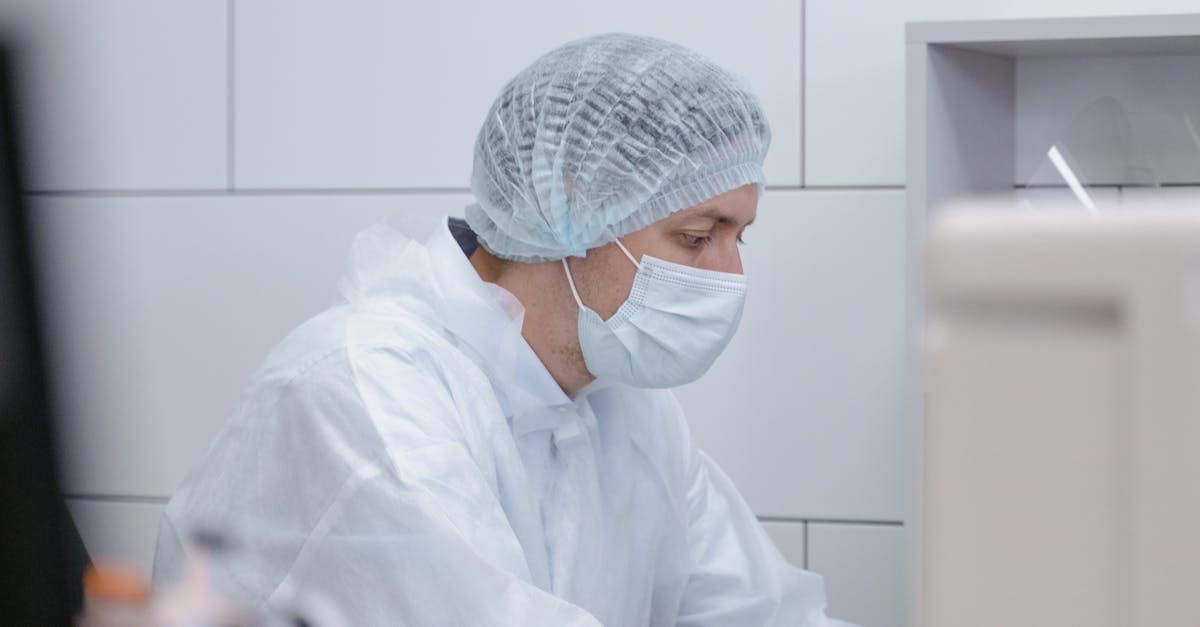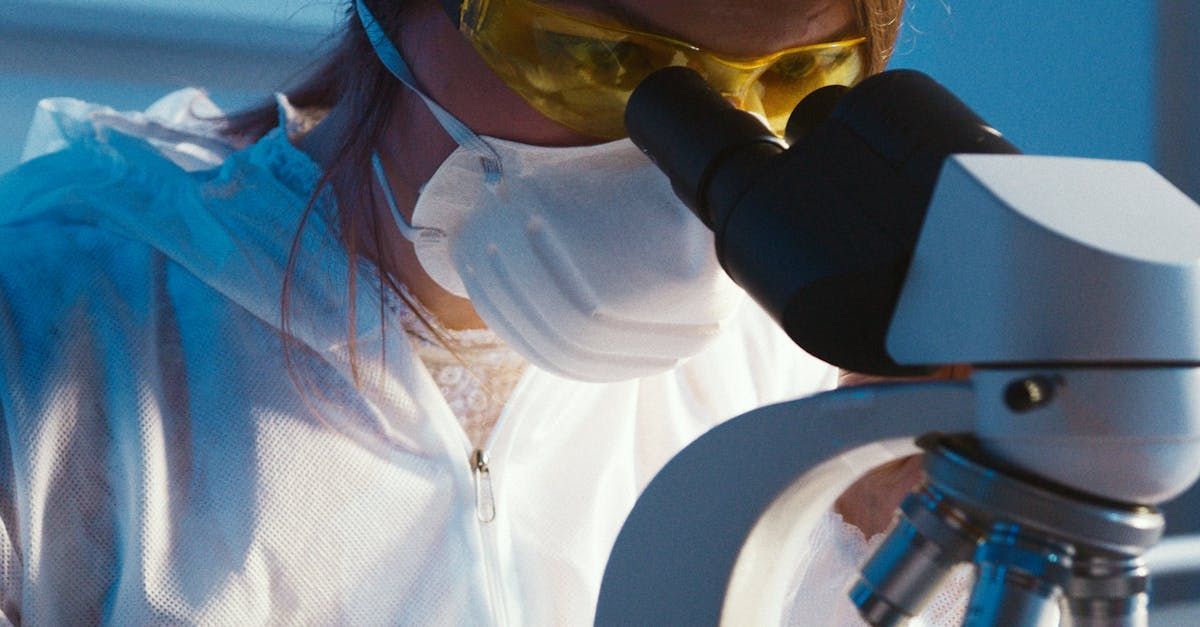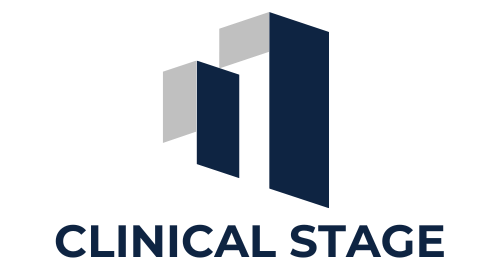The Journey from Lab to Market: Drug Development Stage
The journey from a laboratory discovery to a marketed drug is a long and intricate process, involving numerous stages and rigorous testing to ensure safety and efficacy. Understanding this journey is crucial not only for those directly involved in drug development but also for patients, healthcare professionals, and policymakers. The drug development process is a testament to the collaboration between science, medicine, and regulatory bodies, aiming to bring safe and effective therapies to those in need. This blog aims to provide an in-depth overview of the stages involved in drug development, highlighting the complexities and challenges faced along the way.
The pharmaceutical industry is one of the most heavily regulated industries globally, primarily due to the profound impact that drugs can have on public health. The process of bringing a drug from concept to market involves navigating a labyrinth of scientific research, clinical testing, regulatory approvals, and post-market surveillance. Each of these stages is designed to ensure that the drugs developed are not only effective but also safe for patient use. The journey is long, often taking 10 to 15 years, and costly, with estimates suggesting that the average cost to develop a new drug can exceed $2.6 billion. Despite these challenges, the outcome—a new, potentially life-saving or life-improving drug—can justify the investment and effort.
Overview of the Drug Development Process
Drug development is a multifaceted process that encompasses several distinct stages: discovery and preclinical research, clinical trials (Phases I, II, and III), regulatory review and approval, and post-market surveillance. Each of these stages serves a critical purpose in ensuring that the drug is safe, effective, and of high quality. The process begins in the laboratory with the discovery of potential drug candidates, followed by rigorous testing in preclinical studies to assess safety and efficacy in non-human models. Successful preclinical results lead to clinical trials, which are conducted in human subjects and are divided into three phases. These phases progressively assess the safety, dosage, efficacy, and side effects of the drug.
The final steps in the drug development process involve navigating the regulatory landscape to gain approval for marketing the drug and ensuring ongoing monitoring of the drug's safety and efficacy once it is available to the public. This process requires close collaboration between pharmaceutical companies, regulatory authorities, healthcare professionals, and, ultimately, patients. Each stakeholder plays a vital role in the development and evaluation of new drugs, ensuring that only those with a favorable risk-benefit profile reach the market.
The complexity and cost of drug development are often cited as significant challenges. The process is not only time-consuming and expensive but also fraught with risk, as many drug candidates fail during clinical trials due to safety concerns or lack of efficacy. Despite these challenges, the development of new drugs remains a critical endeavor, offering the potential to address unmet medical needs and improve patient outcomes. Understanding the drug development process provides valuable insights into the factors that influence drug availability, pricing, and accessibility, as well as the ongoing evolution of medical science and technology.
Discovery and Preclinical Research
The drug development journey begins with discovery research, where scientists seek to identify new drug candidates that could potentially treat specific diseases or conditions. This stage involves extensive research into the underlying biology of diseases, identifying molecular targets such as proteins, enzymes, or receptors that play a crucial role in disease processes. Once a target is identified, researchers use various methods to discover compounds that can modulate these targets. These methods include high-throughput screening of chemical libraries, computational modeling to predict molecular interactions, and rational drug design based on the target's structure.
The discovery phase is a highly creative and exploratory process, often involving interdisciplinary collaboration between chemists, biologists, pharmacologists, and bioinformaticians. Researchers may explore natural sources, such as plants or microorganisms, for bioactive compounds or synthesize new molecules with desired properties. Once potential drug candidates are identified, they undergo preliminary testing to assess their activity, selectivity, and potential for further development. This phase is crucial for narrowing down a vast pool of potential compounds to a few promising candidates that warrant more rigorous investigation.
Preclinical research follows the discovery phase and involves extensive laboratory testing to evaluate the safety, efficacy, and pharmacokinetics of the selected drug candidates. Preclinical studies are typically conducted in vitro (in test tubes or cell cultures) and in vivo (in animal models). These studies aim to determine whether the drug candidate is safe and effective enough to be tested in humans. Key areas of focus include the drug's toxicity, its effects on various organ systems, and its potential for causing adverse effects. Researchers also study the drug's pharmacokinetics, including absorption, distribution, metabolism, and excretion (ADME), to understand how the drug behaves in the body.
Preclinical studies are a critical step in the drug development process, as they provide essential data for designing clinical trials and ensuring the safety of human participants. These studies must comply with strict regulatory guidelines and ethical standards to protect the welfare of animal subjects and ensure the reliability of the data generated. The results of preclinical studies are documented in a comprehensive dossier, which forms part of the regulatory submission for clinical trials. Only drug candidates that demonstrate a favorable safety profile and potential therapeutic benefit progress to the next stage of development: clinical trials.
Phase I Clinical Trials
Phase I clinical trials represent the first time that a new drug is tested in humans. The primary objectives of these trials are to evaluate the safety of the drug, determine an appropriate dosage range, and study its pharmacokinetics and pharmacodynamics (the effects of the drug on the body). Phase I trials are typically conducted with a small group of healthy volunteers, although in cases where the drug is intended for a serious or life-threatening condition, patients with the disease may be included. These trials are designed to minimize risk to participants while gathering critical data on the drug's safety and behavior in the human body.
Phase I trials are often divided into sub-phases, including single ascending dose (SAD) studies and multiple ascending dose (MAD) studies. In SAD studies, participants receive a single dose of the drug, starting with a very low dose and gradually increasing it in subsequent groups of participants. The goal is to determine the maximum tolerated dose (MTD) and identify any dose-limiting toxicities (DLTs). MAD studies, on the other hand, involve multiple doses of the drug administered over a period of time to assess the drug's safety and pharmacokinetics at different dosing levels.
The data collected during Phase I trials are crucial for understanding the drug's safety profile, including any adverse effects that may occur at different doses. Researchers also study the drug's pharmacokinetics, including how quickly it is absorbed, distributed, metabolized, and eliminated from the body. This information helps determine the appropriate dosing regimen for Phase II trials, where the focus shifts to evaluating the drug's efficacy. Phase I trials are conducted with strict oversight by regulatory authorities and ethics committees to ensure the safety of participants and the integrity of the data collected.
Phase II Clinical Trials
Phase II clinical trials are a critical stage in the drug development process, as they provide the first evidence of the drug's efficacy in patients with the targeted disease. The primary objectives of Phase II trials are to assess the drug's therapeutic efficacy, further evaluate its safety profile, and determine the optimal dosing regimen. These trials typically involve a larger group of participants than Phase I, often including several hundred patients. Phase II trials are designed as randomized, controlled studies, where patients are randomly assigned to receive either the experimental drug, a placebo, or an existing standard treatment.
Phase II trials are divided into two sub-phases: Phase IIa and Phase IIb. Phase IIa trials focus on exploring the dose-response relationship and identifying the most effective dose, while Phase IIb trials provide more definitive evidence of the drug's efficacy and safety in a larger patient population. These trials may also include different dosing groups to identify the most effective and safe dose for future studies. In addition to assessing efficacy, Phase II trials closely monitor the drug's safety, including any adverse effects that may arise during treatment.
Phase II trials are often considered the "proof-of-concept" stage, as they provide crucial data on the drug's therapeutic potential. These trials help to determine whether the drug has a significant clinical benefit and is worth pursuing in larger Phase III trials. The data collected during Phase II are also used to refine the study design, endpoints, and patient population for Phase III trials. The success of Phase II trials is a key determinant of whether a drug will progress to the final stage of clinical testing.
Phase III Clinical Trials
Phase III clinical trials are the final and most extensive phase of clinical testing before a drug can be submitted for regulatory approval. The primary objectives of Phase III trials are to confirm the drug's efficacy, establish its safety profile in a larger and more diverse population, and compare it to existing treatments. These trials typically involve thousands of participants across multiple study sites and often span several years. The design of Phase III trials is crucial, as they need to provide definitive evidence of the drug's benefits and risks.
Phase III trials are usually randomized, double-blind, and controlled, ensuring that neither the participants nor the researchers know who is receiving the experimental drug, the placebo, or the standard treatment. This design minimizes bias and provides a high level of scientific rigor. The trials are designed to demonstrate the drug's efficacy in treating the targeted condition, often using clinical endpoints such as symptom relief, disease progression, or survival rates. The data collected during Phase III trials are used to assess the drug's overall risk-benefit profile and inform regulatory decisions.
In addition to confirming efficacy, Phase III trials gather comprehensive safety data, including information on rare or long-term side effects that may not have been evident in earlier phases. This data is critical for assessing the drug's overall risk-benefit profile and informing regulatory decisions. The success of Phase III trials is a key determinant of whether a drug will receive regulatory approval and be brought to market. Upon successful completion of Phase III trials, the drug developer prepares a comprehensive dossier for submission to regulatory authorities, seeking approval to market the drug.
Regulatory Review and Approval
The regulatory review and approval process is the final hurdle in the journey from lab to market. Once Phase III trials are successfully completed, the data collected is compiled into a comprehensive regulatory submission, typically known as a New Drug Application (NDA) in the United States or a Marketing Authorization Application (MAA) in the European Union. This submission includes all preclinical and clinical data, as well as information on the drug's manufacturing process, proposed labeling, and plans for post-market surveillance.
The regulatory review process involves a thorough evaluation of the submission by regulatory agencies, such as the U.S. Food and Drug Administration (FDA) or the European Medicines Agency (EMA). These agencies assess the drug's safety, efficacy, and quality, and may request additional data or clarifications from the sponsor. The review process can take several months to years, depending on the complexity of the application and the regulatory framework in each region. Regulatory agencies conduct a detailed analysis of the clinical trial data to ensure that the benefits of the drug outweigh the risks for the intended patient population.
During the review process, regulatory agencies may convene advisory committees of external experts to provide independent opinions on the drug's safety and efficacy. These committees review the data and provide recommendations to the regulatory authorities. The outcome of the review process can result in approval, rejection, or requests for additional studies. If approved, the drug can be marketed and made available to patients, often accompanied by specific conditions or post-market commitments. Approval decisions are based on a comprehensive assessment of the drug's risk-benefit profile, considering factors such as the severity of the condition being treated, the availability of alternative therapies, and the overall public health impact.
Post-Market Surveillance and Phase IV Trials
The approval of a drug does not mark the end of its evaluation. Once a drug is on the market, it undergoes continuous monitoring through post-market surveillance and Phase IV trials. These efforts aim to ensure the drug's safety and effectiveness in the broader population and over a longer period than was possible during clinical trials. Post-market surveillance involves the collection and analysis of data on adverse events, medication errors, and other safety concerns reported by healthcare professionals, patients, and manufacturers.
Regulatory agencies use this data to identify potential safety signals and take appropriate actions, such as updating labeling, issuing safety warnings, or even withdrawing the drug from the market if necessary. This ongoing monitoring is essential for detecting rare or long-term adverse effects that may not have been evident during clinical trials. It also helps to ensure that the drug's benefits continue to outweigh the risks in the real-world setting.
Phase IV trials, also known as post-marketing studies, may be conducted to gather additional information on the drug's long-term safety, efficacy, and optimal use. These trials can involve exploring new indications, dosing regimens, or patient populations. They provide valuable data that can help refine treatment guidelines, inform clinical practice, and enhance the overall understanding of the drug's benefits and risks. Phase IV trials are an important component of the post-market phase, as they contribute to the continuous evaluation of the drug's performance and safety profile.
Challenges and Success Factors in Drug Development
The drug development process is fraught with challenges, including managing timelines, costs, and scientific uncertainties. Bringing a new drug to market is an expensive endeavor, often costing hundreds of millions to billions of dollars. The process is also time-consuming, typically taking over a decade from discovery to market. These factors underscore the importance of efficient project management, strategic decision-making, and risk mitigation throughout the development process.
Technical and scientific challenges are inherent in drug development, as researchers must navigate complex biological systems, identify suitable drug targets, and develop compounds with favorable safety and efficacy profiles. Overcoming these challenges requires a multidisciplinary approach, integrating expertise from fields such as molecular biology, pharmacology, chemistry, and clinical medicine. The drug development process is also characterized by a high rate of attrition, with many drug candidates failing to demonstrate sufficient safety or efficacy in clinical trials.
Collaboration and communication among stakeholders, including academic researchers, pharmaceutical companies, regulatory agencies, healthcare professionals, and patients, are critical to the success of drug development. Transparent and open communication helps to align goals, share knowledge, and address challenges collaboratively. Effective partnerships can also facilitate access to resources, expertise, and innovative technologies, accelerating the drug development process. In addition to scientific and technical expertise, successful drug development requires a deep understanding of regulatory requirements and the ability to navigate complex regulatory landscapes.
One of the key success factors in drug development is the ability to manage and mitigate risk. This involves identifying potential risks early in the development process, implementing strategies to address them, and continuously monitoring and assessing risk throughout the development lifecycle. Another critical success factor is the ability to adapt to changing circumstances, such as new scientific discoveries, evolving regulatory requirements, and emerging market trends. Flexibility and adaptability are essential for navigating the complexities of the drug development process and ensuring that promising drug candidates have the best chance of reaching the market.
Notable Labs: Navigating the Complex Journey from Lab to Market
The path from a lab discovery to a market-ready drug is a complex and lengthy journey, often spanning over a decade and involving rigorous stages of testing and approval. Notable Labs stands out in this intricate process by leveraging advanced technologies and data-driven methodologies to streamline drug development. By focusing on the early identification of promising drug candidates and optimizing preclinical and clinical trials, Notable Labs accelerates the journey from lab to market, ensuring that safe and effective therapies reach patients faster. Their innovative approach is crucial in overcoming the challenges of high costs, regulatory hurdles, and scientific uncertainties in the pharmaceutical industry.
Conclusion
The journey from lab to market in drug development is a complex, rigorous, and highly regulated process. Each stage, from discovery and preclinical research to clinical trials, regulatory review, and post-market surveillance, plays a crucial role in ensuring that only safe and effective drugs reach patients. The challenges encountered along the way highlight the need for careful planning, collaboration, and continuous learning.
Understanding the drug development process is vital for appreciating the efforts and resources required to bring new therapies to market. It also underscores the importance of maintaining high standards of safety and efficacy to protect public health. As the landscape of drug development continues to evolve, with advancements in technology and a growing emphasis on personalized medicine, the journey from lab to market will remain a dynamic and essential component of modern healthcare.
In conclusion, the drug development process is a testament to the dedication and collaboration of scientists, clinicians, regulators, and patients who work together to bring new therapies to market. Despite the challenges and uncertainties, the ultimate goal is to develop safe and effective treatments that can improve the quality of life for patients and address unmet medical needs. The journey from lab to market is a long and arduous one, but the potential benefits to public health and patient well-being make it a worthwhile endeavor. As we continue to advance our understanding of disease and develop new technologies, the future of drug development holds promise for even greater innovations and breakthroughs in healthcare.










